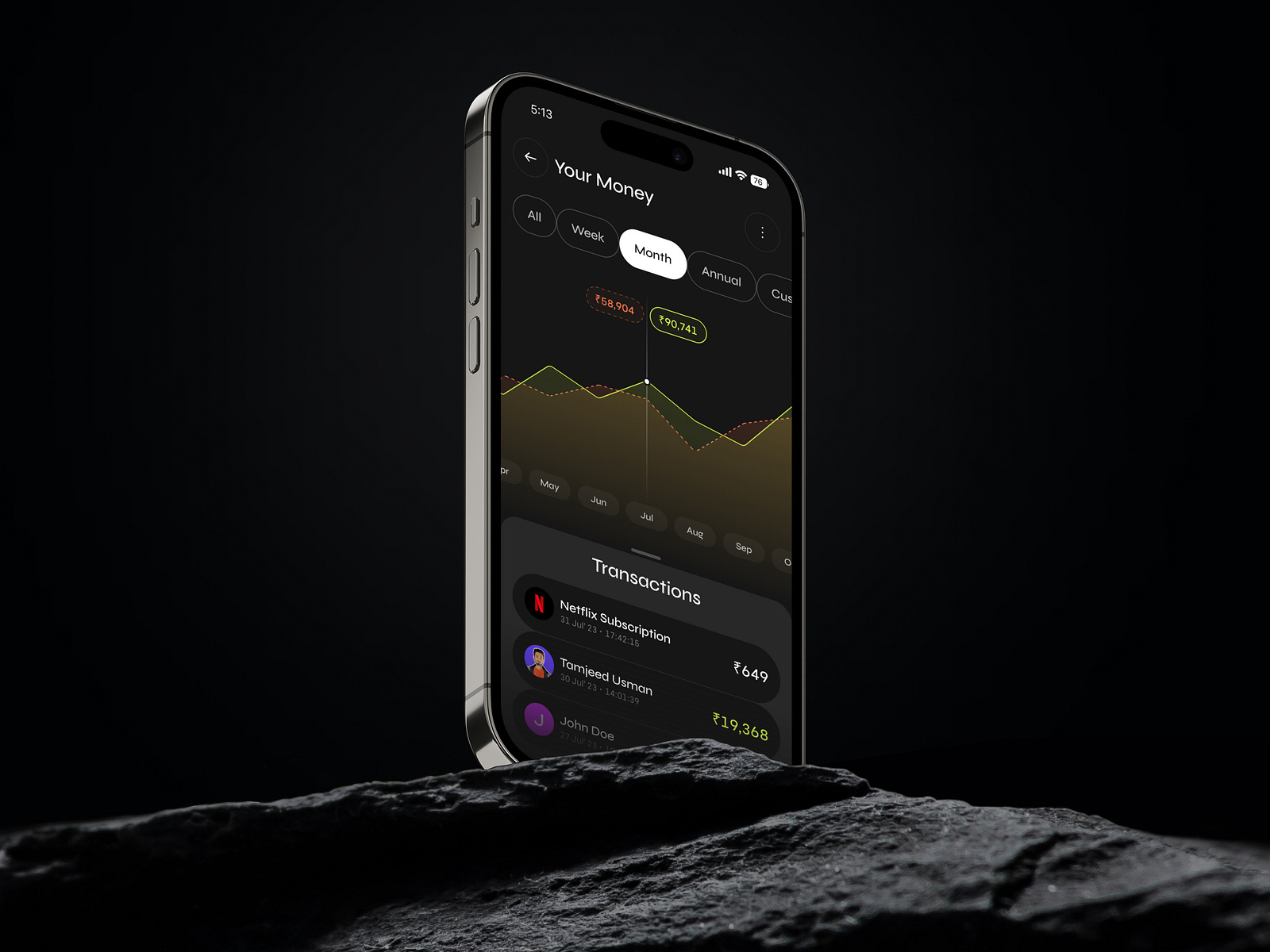Physical Address
304 North Cardinal St.
Dorchester Center, MA 02124
Physical Address
304 North Cardinal St.
Dorchester Center, MA 02124

In today’s fast-paced world, managing finances effectively has become more crucial than ever. As mobile apps increasingly dominate the finance sector, the importance of an intuitive and visually appealing user interface (UI) cannot be overstated. A well-designed money management UI not only enhances user experience but also encourages better financial habits. In this article, we will delve into the intricacies of money management UI design and how it can transform the way users interact with their finances.
Money management UI design involves crafting interfaces that facilitate the tracking, planning, and spending of money. The goal is to create a seamless experience that helps users manage their expenses, savings, and investments. An effective UI design should leverage clarity, consistency, and engagement to make financial tasks manageable and even enjoyable. When users can effortlessly navigate their finances, they are more likely to develop positive financial behaviors.
When embarking on the design of a money management application, several key elements must be considered:
Integrating features that resonate with users can significantly enhance the appeal of a money management application. Here are some impactful features to consider:
Color plays a pivotal role in user experience. Different colors can evoke specific emotions and reactions, which can be harnessed effectively in money management UI design. For instance:
Let’s take a look at a recent example of an effective money management app design:
The design above illustrates a thoughtful approach to money management UI design that prioritizes user engagement. Notice how the layout is clean and organized, making it easy to navigate various sections while keeping the user focused on their financial health.
Continuous user feedback is vital to refining a money management app. Design teams should actively seek input from users to identify pain points and areas for improvement. Regular updates and adaptations based on user feedback can lead to a more tailored experience, ensuring that the app remains relevant as user needs evolve.
Gamification elements can significantly enhance user engagement and motivation in money management applications. Features like achievement badges, progress bars, and competitive leaderboards can encourage users to interact more with their financial data actively. As users reach milestones or complete tasks, integrating elements of gamification can make managing finances not only easier but also enjoyable.
In summary, a well-executed money management UI design is essential for creating effective and user-friendly financial applications. By focusing on user needs and preferences while incorporating engaging visuals, intuitive navigation, and impactful features, designers can build applications that not only help users manage their finances but also empower them in their financial journeys. The ongoing advancements in technology and design thinking continue to open doors to innovative money management UI design solutions, ensuring that users can tackle their financial challenges with confidence and ease.